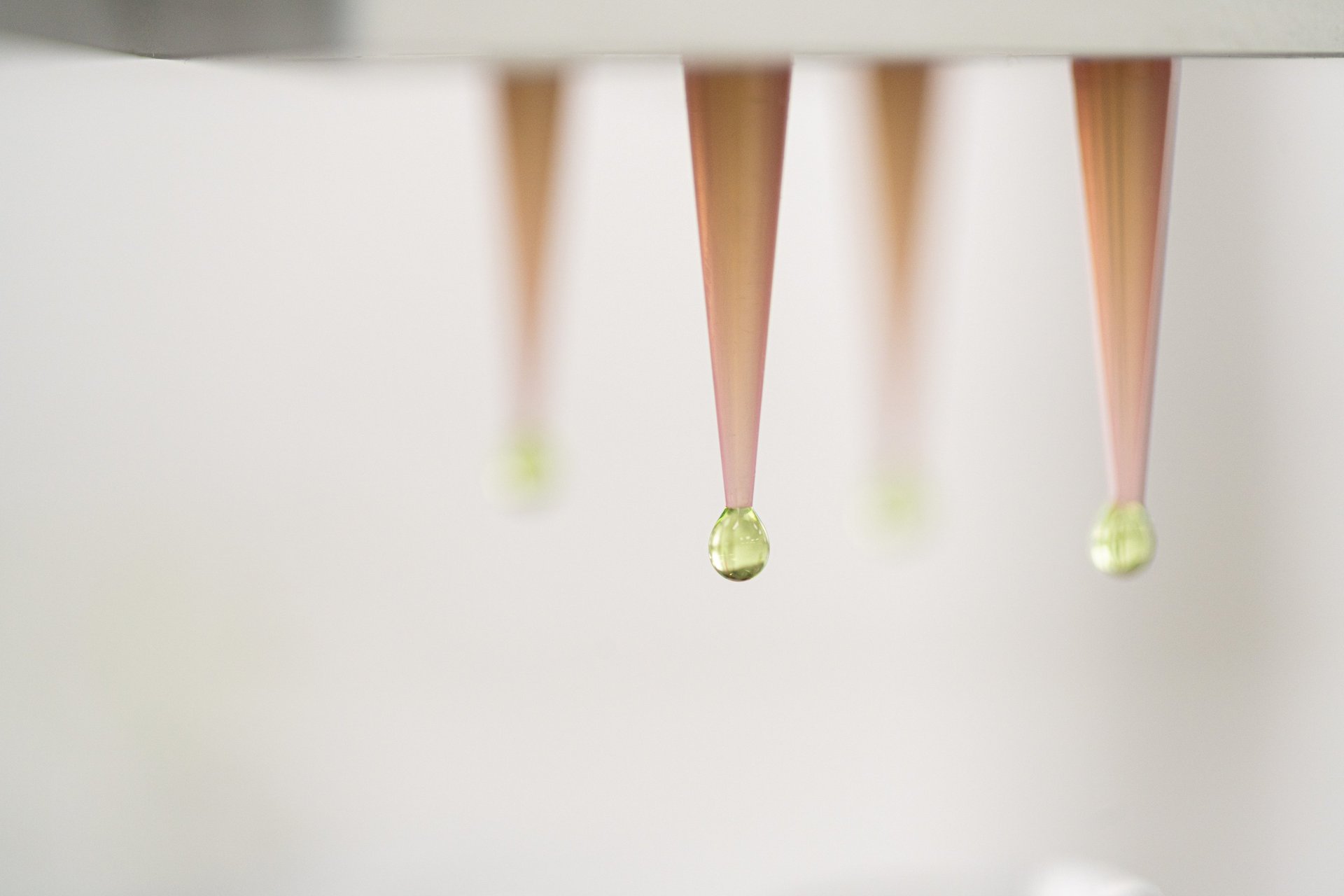
3 Reasons Why Lyophilized Beads are the Next Big Thing in Assay Design.
BLOGS
Imagine diagnostic tests or therapeutic reagents that are stable at room temperature, easy to transport anywhere, and deliver perfectly precise doses every time. That's the reality made possible by Lyo Beads – durable, freeze-dried spheres containing accurately measured formulations. By eliminating the need for expensive cold chain logistics, lyo beads dramatically improve the accessibility and reliability of sensitive biological materials, especially for point-of-care and field-based applications.
Key Advantages of Lyo Beads:
Ultimate Stability: Lyophilisation removes water, rendering beads stable for long periods at ambient temperatures. Say goodbye to costly refrigerators, freezers, and specialized cold shipping.
Precision Dosing: Each bead represents a single, accurately dispensed dose, minimizing pipetting errors and ensuring assay consistency and reliability.
Enhanced Efficiency: Ready-to-use beads simplify workflows, reduce preparation time, and minimize the risk of contamination or handling errors, leading to cost savings and less waste.
Rapid Reconstitution: The porous structure and high surface area allow lyo beads to dissolve quickly and completely when needed, ensuring rapid assay startup.
Logistical Freedom: Ship and store your sensitive reagents easily, reaching remote locations or simplifying inventory management without cold chain constraints.
The Science Behind Lyo Bead Manufacturing:
Creating high-quality lyo beads is a sophisticated process requiring careful control and scientific expertise. While specific protocols vary, the core stages generally include:
Formulation Development & Optimisation: The journey begins with creating a robust liquid formulation. This involves selecting appropriate active ingredients and crucial excipients (stabilizers, bulking agents) that protect the actives during freeze-drying and ensure the final bead has the desired physical properties and stability. Techniques like thermal analysis (e.g., DSC) and freeze-drying microscopy (FDM) are often employed to understand the formulation's behaviour and determine the optimal freeze-drying conditions.
Precision Dispensing & Freezing: Once optimized, precise volumes of the liquid formulation are dispensed as uniform droplets. These are typically flash-frozen, often using liquid nitrogen, locking the structure in place almost instantly to form the spherical shape. Maintaining accuracy at this stage is critical for consistent dosing.
Lyophilisation (Freeze-Drying): The frozen beads are transferred to a freeze-dryer.
Primary Drying (Sublimation): Under deep vacuum and controlled temperature, the frozen water transforms directly into vapour (sublimes) and is removed, drying the bulk of the bead while maintaining its structure.
Secondary Drying (Desorption): The temperature is gradually raised (still under vacuum) to remove the remaining, harder-to-reach residual moisture bound to the solid matrix. Achieving the right final moisture level is key to long-term stability and performance.
Quality Control & Assurance: Rigorous testing ensures every batch meets specifications. Key checks include:
Residual Moisture: Techniques like Karl Fischer titration measure the remaining water content – crucial for stability.
Physical Properties: Assessing bead strength (hardness) and friability (resistance to breaking) ensures they can withstand handling and packaging.
Dissolution Rate: Testing how quickly and completely beads dissolve is vital, especially for time-sensitive applications like point-of-care diagnostics.
Visual Inspection: Checking for uniformity in size, shape, and colour ensures consistency and can indicate process robustness.
Functional Performance: Most importantly, verifying that the active ingredients within the bead perform as expected (e.g., assay sensitivity, specific activity) confirms product efficacy.
In essence, lyo beads offer a paradigm shift for assay development and deployment. By encapsulating precise reagent doses in a highly stable format, they directly address critical factors impacting assay performance – enhancing accuracy, ensuring reproducibility, and simplifying workflows. This room-temperature stability removes logistical barriers, enabling sensitive assays to be performed reliably anywhere, from advanced labs to point-of-care settings.
Stay updated with the latest in lyophilization and freeze drying for the pharma industry.
3 Reasons Why Lyophilized Beads are the Next Big Thing in Assay Design
Faster Reconstitution and Consistency: Lyophilized beads offer the best possible ratio of volume to surface area, enabling the fastest reconstitution. This means assays can be prepared and used more quickly, leading to faster results. Additionally, since each bead contains a precisely measured dose of the formulation, the risk of variability across batches is minimized. The bead format requires no aliquoting and is immune to freeze-thaw cycles after reconstitution, which further prevents batch-to-batch variation and ensures consistent performance over time.
Reduced Contamination Risk and Increased Stability: Unlike traditional lyophilized powders, lyophilized beads significantly reduce contamination risks. There is no central stock that can corrupt, as each bead is a sealed, individual unit. The beads also retain long-term stability at ambient temperature, eliminating the need for expensive cold chain logistics and refrigeration. This enhances their accessibility, particularly for use in challenging environments or remote areas.
Improved Efficiency and Cost Savings: Lyo beads minimize the potential for human error by offering pre-measured, single-dose units that are ready for immediate use. Their precise formulation reduces the likelihood of wastage, especially since the risk of moisture exposure and degradation is minimal. As a result, not only does this save time, but it also reduces costs associated with excess stock, spoilage, and the need for continuous refrigeration.
